Keep, Flower Families Help To Build Henry Keep Home For The Aged
The Henry Keep Home was a built in honor of one of Watertown, N.Y.’s earliest financiers, Henry Keep who was once President of the New York Central Rail Road and invested in many of the midwestern rail companies while serving as treasurer for two of them. When he passed away in 1869, he left a fortune worth $5,000,000 for Roswell P. Flower to manage for his wife Emma Woodruff Keep.

The family, Emma, a daughter of Norris Woodruff of Hotel Woodruff, had a long history of philanthropy in Watertown. Emma had stated in her will that a portion of her estate would go to “a perpetual fund for the maintenance of worthy and needy old persons, residents of Jefferson County, who were too poor to be comfortable on their own resources.”
Rather than wait for her plans to be set in motion upon her death, Emma, who had since remarried and known as Emma Keep-Schley, set about to purchase the Paddock Building and its arcade as well as the neighboring American Building which would later become the site of the Woolworth Building. This is evident in older drawings with “Henry Keep Home” on the building rather than the American Building moniker.
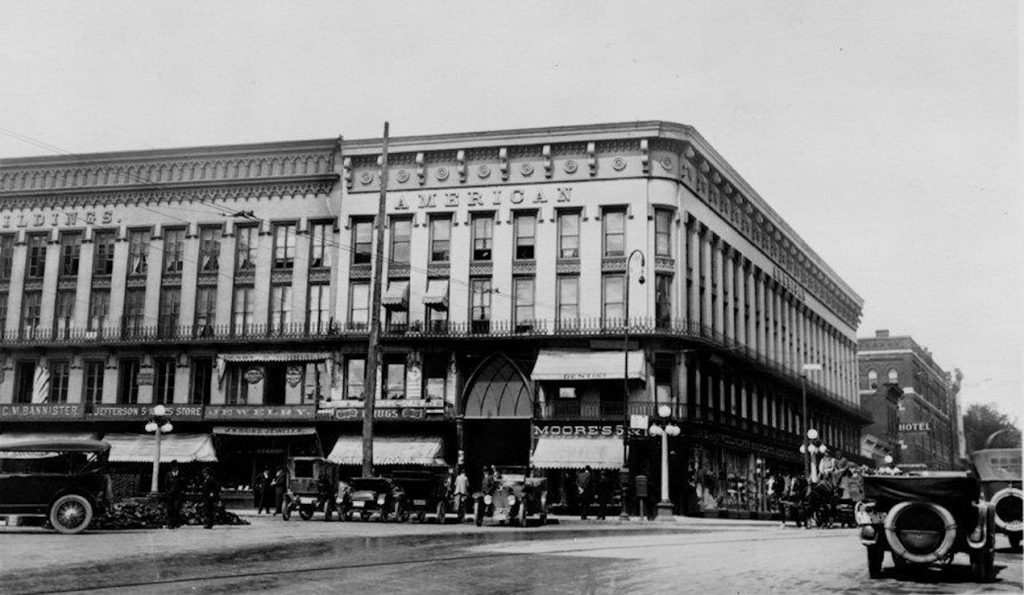
In 1879, the Henry Keep Home would be incorporated, first receiving approval from the city and then from the State Senate on March 6. According to the Watertown Daily Times, The Henry Keep Home’s first officers included Emma Keep-Schley as president; Pearson Mundy as Vice President; Allen C. Beach, Treasurer; her brother-in-law Roswell P. Flower, Anson R. Flower, Wilbur F. Porter, Byron B. Taggart, Salmasius T. Bordwell all as trustees and Silas L. George as Secretary.
Roswell P. Flower would be quoted in the New York Red Book, published 1896, as saying “What better use could be made of the money of Henry Keep, whose father died in a poor-house, than to erect, with some of it, a home for aged men and women.”
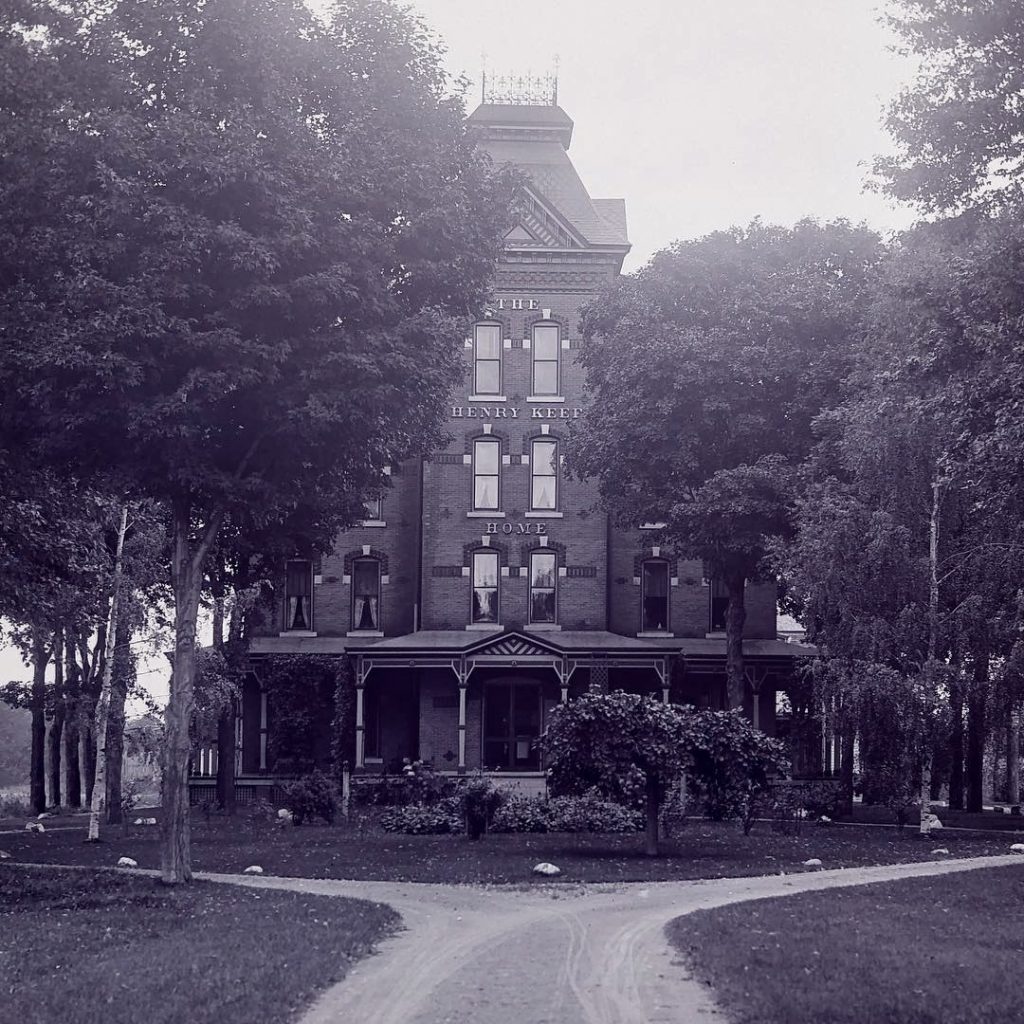
In August of 1881, excavation of the foundation would begin on the Henry Keep Home on Washington Street. The Watertown Re-Union would describe the building being erected in their August 24 edition–
The building will be one hundred and thirty feet in length and about half of the main building will be three stories high. A wing ninety feet long will be built on the south side. The main building will accommodate about fifty persons, besides the family and others who may have charge of the institution. The building will be heated by steam throughout and a wash-stand with hot and cold water will be put in every room.
One portion of the building will be for men and another for women. The building will cost about $25,000 and is built so an additional can be added at any time without injuring the looks of the building. Patrick Phillips will have charge of the masonry and Architect Dillenback will supervise the construction. The building is to be a beauty and will be a credit to our city.
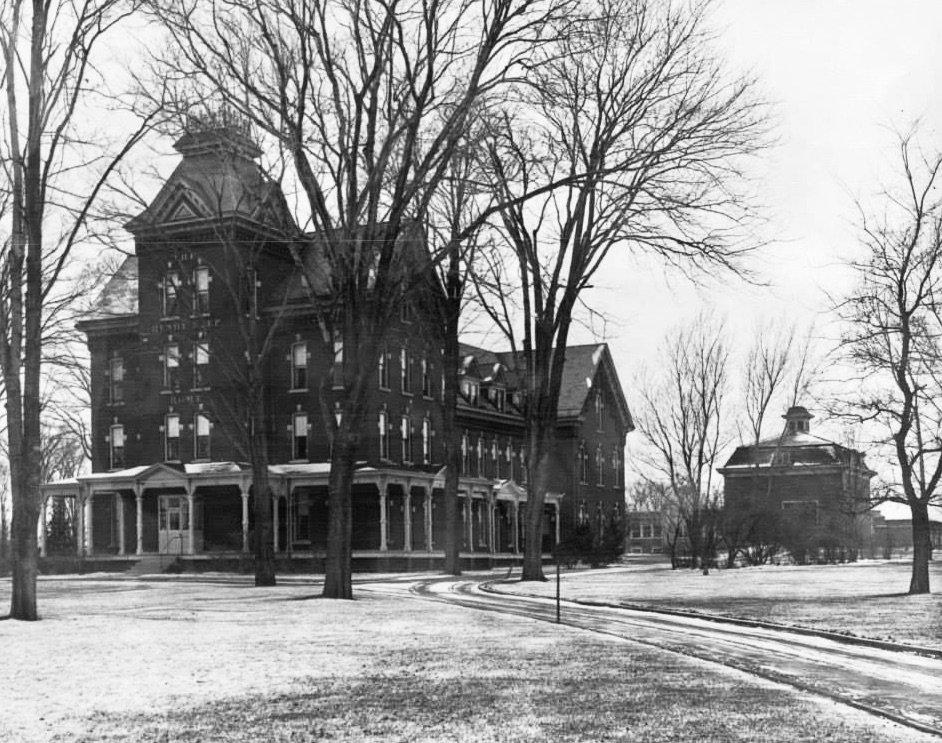
Upon the Henry Keep Home’s opening on December 31, 1883, Roswell P. Flower remarked–
It has been regularly incorporated under laws of the State of New York as an Eleemosynary Institution, and, with its 35 acres of ground suitable for garden purposes, and its annual income, it will stand, I trust, forever a blessing to the county, a monument to the charity and loving kindness of Henry Keep, and his wife, Emma Keep-Schley, and refuge, for many generations, of indigent but worthy persons in time of trouble.
The Watertown Re-Union would report four “inmates” in January 1884 who “appear happy and contented, as they sat in their warm rooms looking out at the raging storm and they had nothing to do but amuse themselves knowing there were others to provide for them.”

End Of An Era
In 1968, the Watertown Daily Times would break the news that the House of the Good Samaritan and the Henry Keep Home were planning a new nursing facility. The partnership’s name would be the Samaritan-Keep Home, with preliminary plans for 120, later 200, bed capacity with related nursing home services.
The State would recommend the new facility with conditional approval that the county discontinue the operation of the 66-bed long-term care facility on outer Coffeen Street, the Jefferson County Extended Care facility. The anticipated costs of the facility would be $4,000,000, and it would comprise 100 long-term care beds and 100 for ambulatory patients who required minimal supervision.
As a result, the facility on Coffeen Street would transition to being a home for the aged, for which it still met federal standards, rather than continuing to serve as an in-service hospital that would have necessitated $75,000-$100,000 worth of renovations.
The Henry Keep Home closed its doors on July 15, 1969, after 86 years of operation to prepare for demolition and subsequent construction of the new Samaritan-Keep Home. After a contents sale and other last-minute decisions, the home was finally razed in April 1970, and new construction began that fall.

The 99-Year Lease Deal With F. W. Woolworth
Emma Keep-Schley’s purchase of the American and Paddock Buildings assured her of income to support the Henry Keep Home as long as those buildings remained occupied. But what became of the money-making when the Woolworth Building replaced the American Building in the early 1920s?
In 1916, F. W. Woolworth hashed a deal with the Henry Keep Home Board of Trustees amounting to a 99-year lease agreement. This agreement included several shorter-term leases with an additional number of lease options extending to 99 years. Certainly, F. W. Woolworth had the money to buy it outright, but this was the arranged deal.
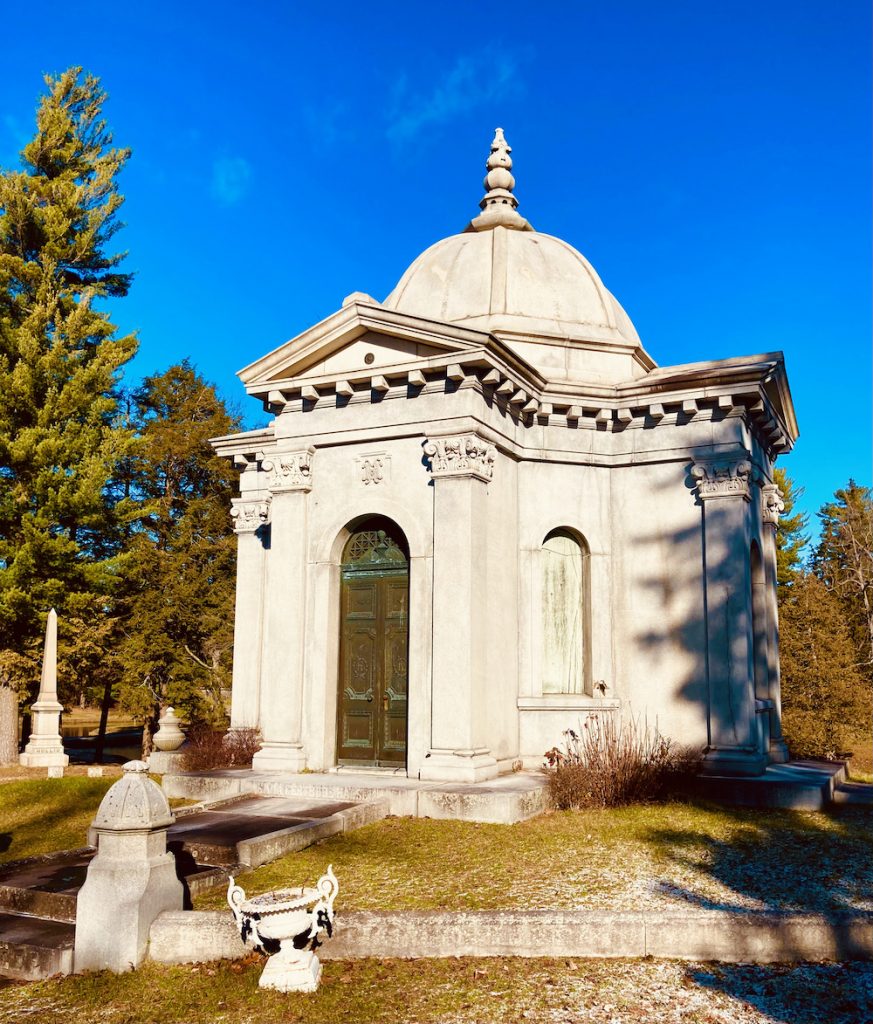
F.W. Woolworth’s plans called for demolishing the American Building and replacing it with a 20+-story-high one. Other plans included a 14-story replica of the world’s tallest building at the time, the Woolworth Building in New York City. Such ideas were squabbled over regarding “ruining the aesthetics of Public Square.” Nevertheless, an agreement would be struck between the two parties, with only Woolworth’s Directors for approval.
World War I and the skyrocketing costs of materials put the plans on hold, and then F. W. Woolworth would pass away in 1919, leaving the project in doubt. Ultimately, Woolworth’s Directors would make good on the deal, though the plans for the new Woolworth building would be modified.
Although terms of the agreement were never mentioned, F. W. gained control of the corner that had sentimental value to him with no restrictions, while the Henry Keep Home Trust and untold numbers of elderly benefited from the agreement for decades to come.
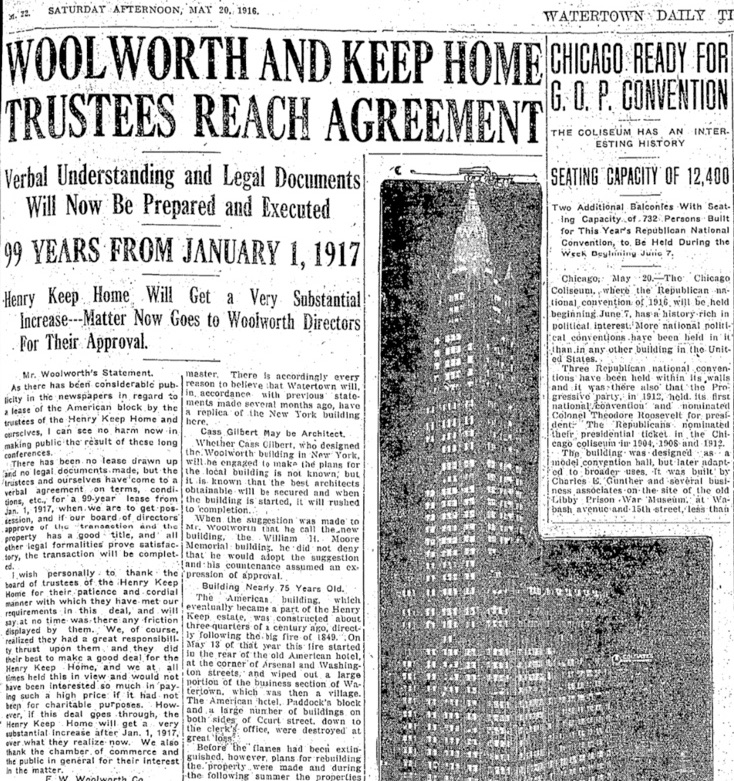
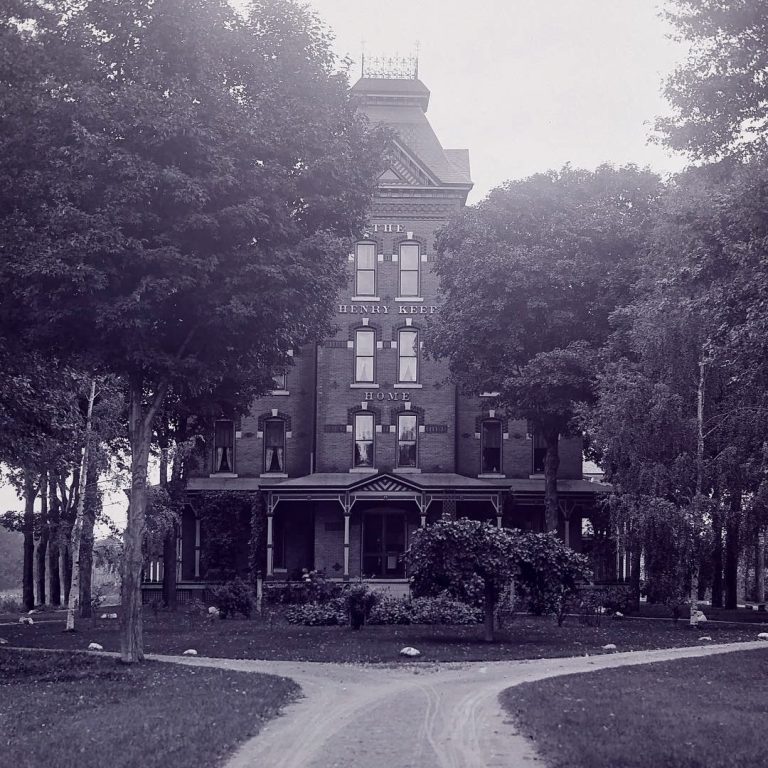
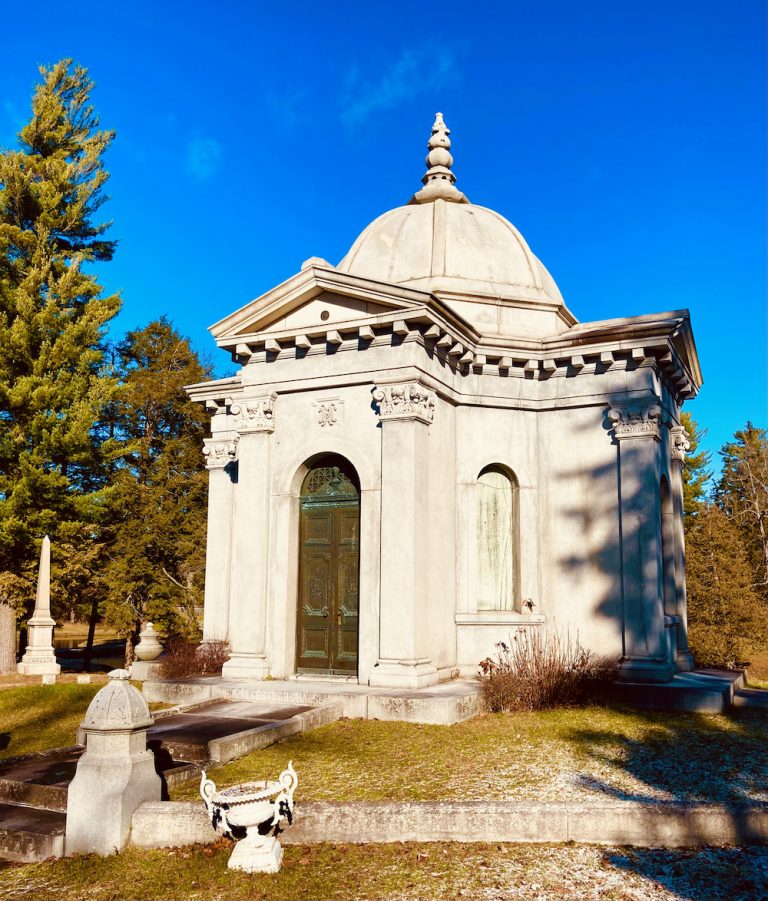

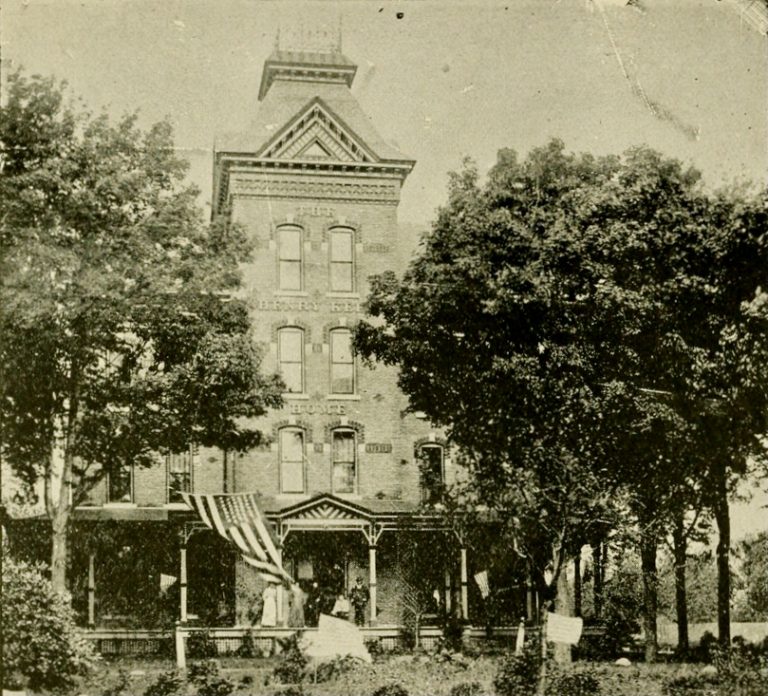
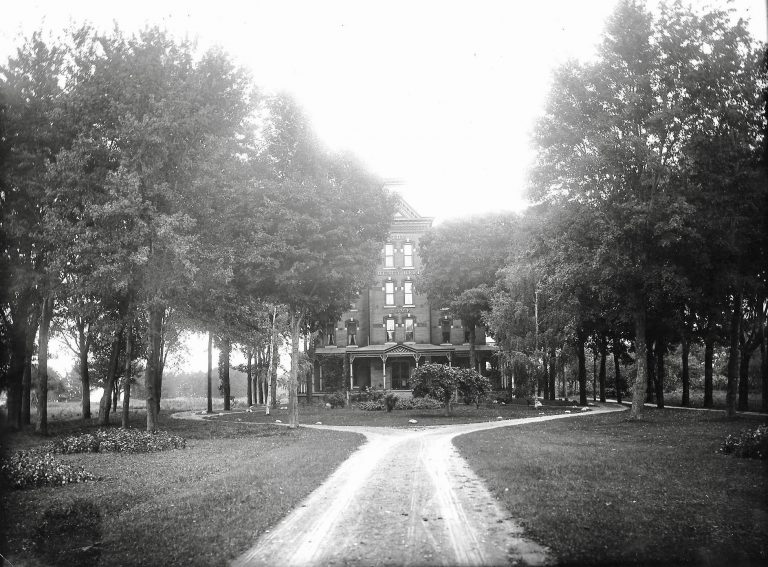
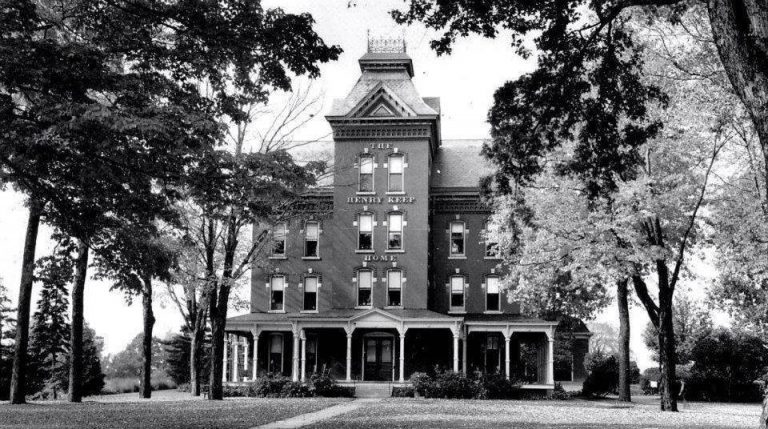
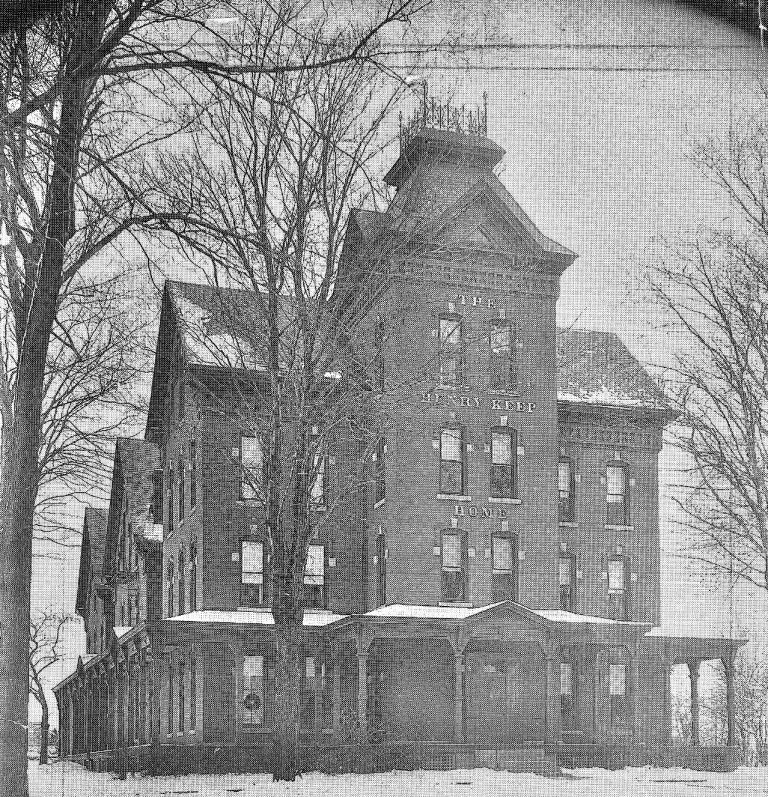
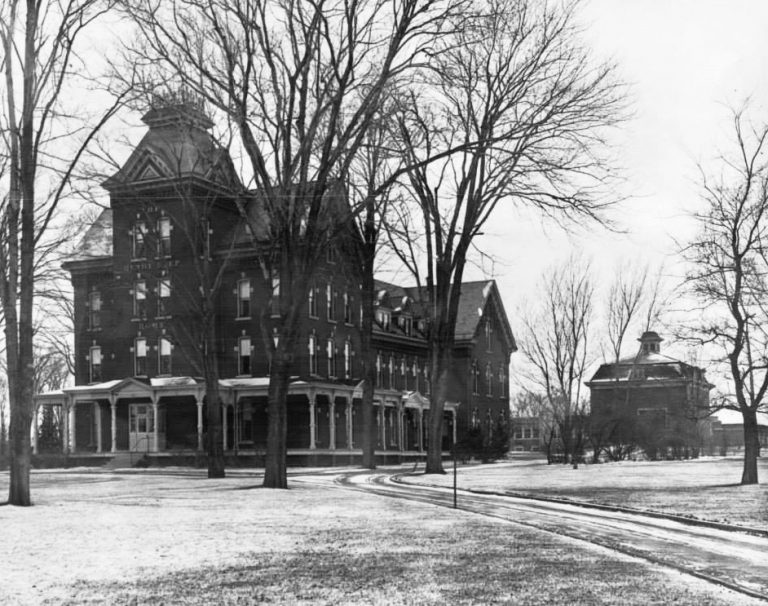
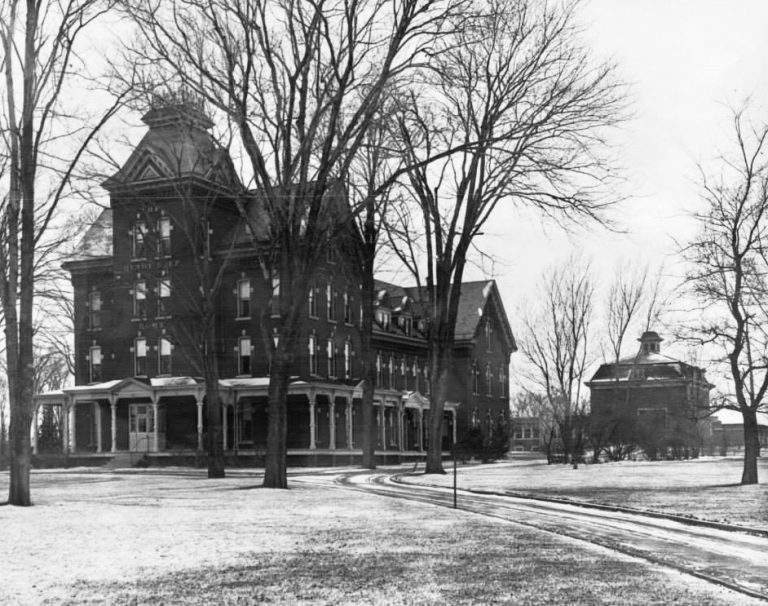
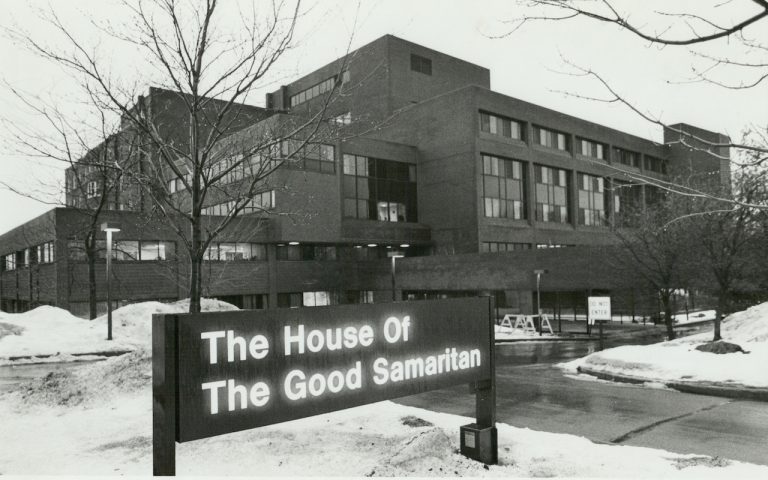
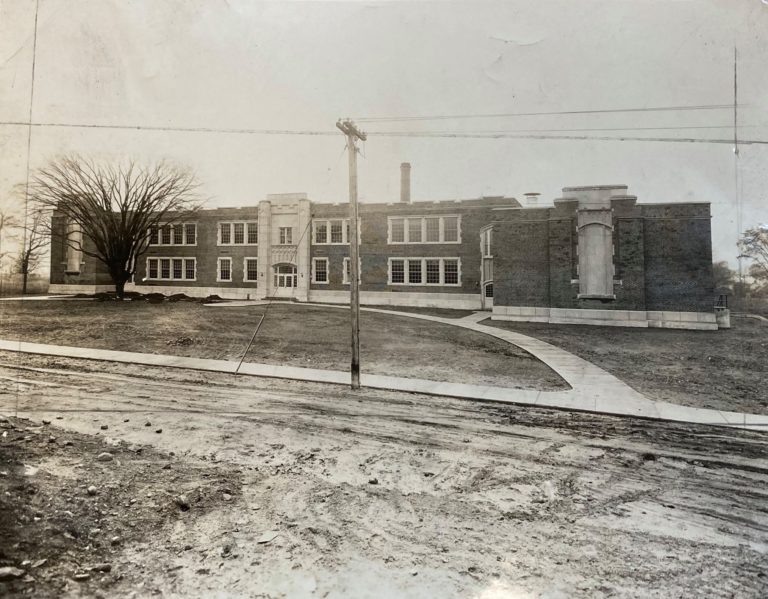






2 Reviews on “Henry Keep Home (1883 – 1970)”
My grandparents, Albert (Pop) and Katherine Scholl ran the Henry Keep Home for many years until it closed. When Pop, former principal of Watertown High School, passed away in 1963 my grandmother continued on as director until it closed.
My grandparents had an apartment, a guest room, a private dining room, and one of the large living rooms as their residence there. We spent so much time there and enjoyed spending time with the elderly ladies who lived there. I remember when many of them passed away they’d have their caskets in the living room for calling hours and funerals.
My memories of the HKH are among the most vivid for me. Holidays were the best. Halloween and Christmas were very special there, each for different reasons. When the third floor was no longer in use for residents we had wheel chair races and we set up “apartments” in the vacant rooms to play house. It was a magnificent place to spend time as a child and fueled my love of the elderly, old homes, and history. I can describe every room from the front door to the back in minute detail, but the gatherings with family, the holidays, the residents and staff are the memories I treasure most.
Thank you for sharing these memories!
Look between the main Home building and its carriage house. That’s Sherman St. School peeking through! Sherman St. ended just south of the school at that time.
I had noticed that when I was placing the icon on the map that it was really close by. Not sure what year the photo was taken, but obviously after the school was constructed in 1927 or thereabouts.